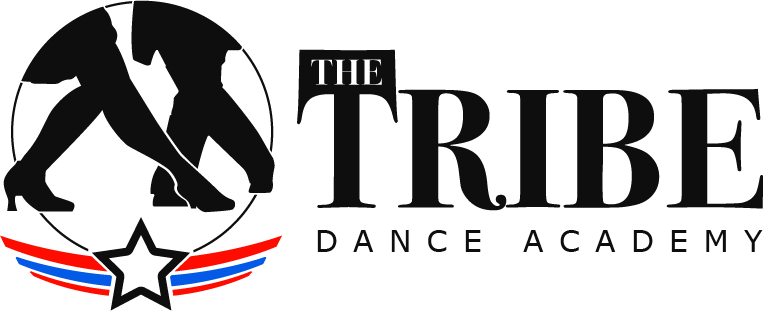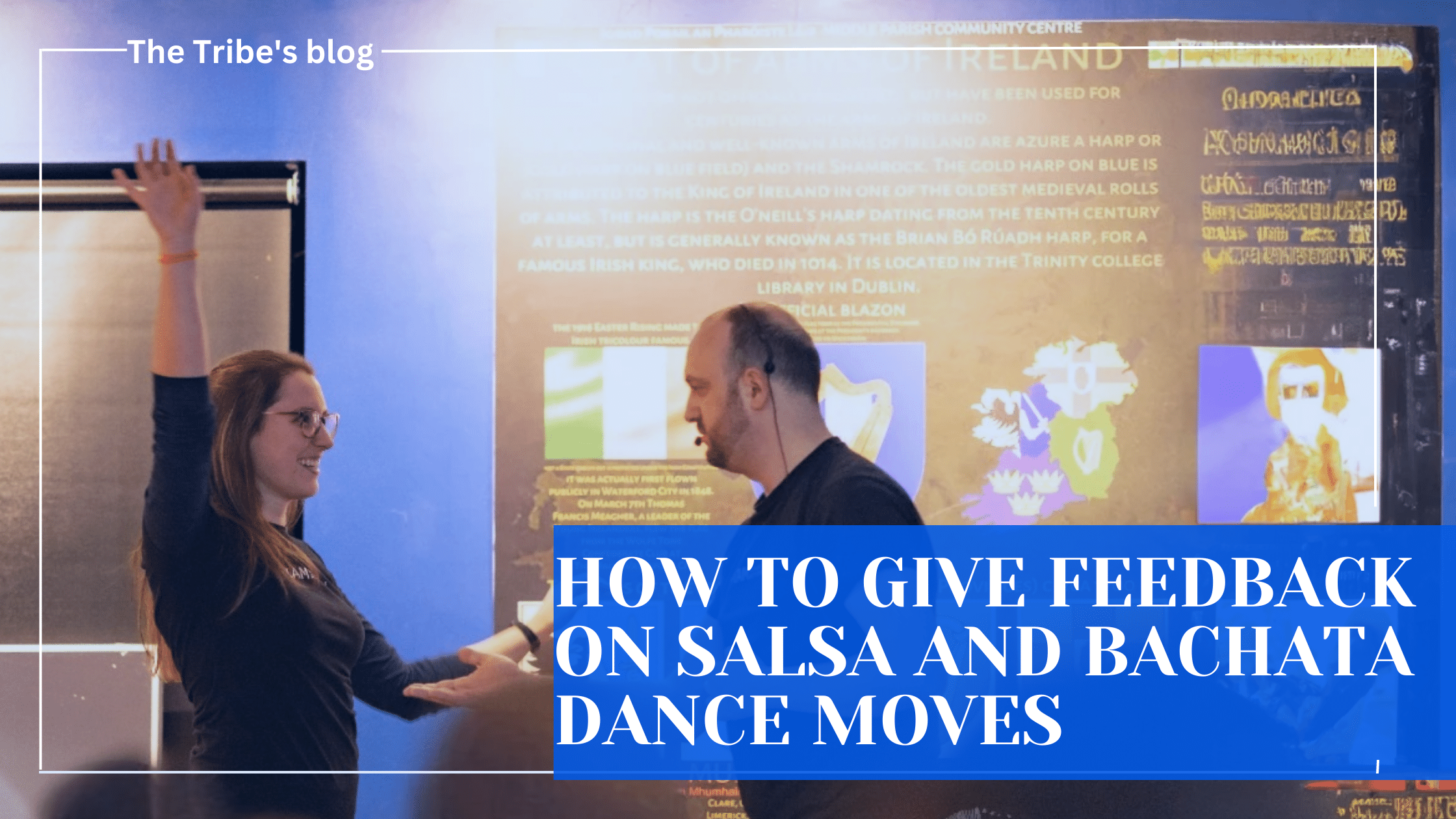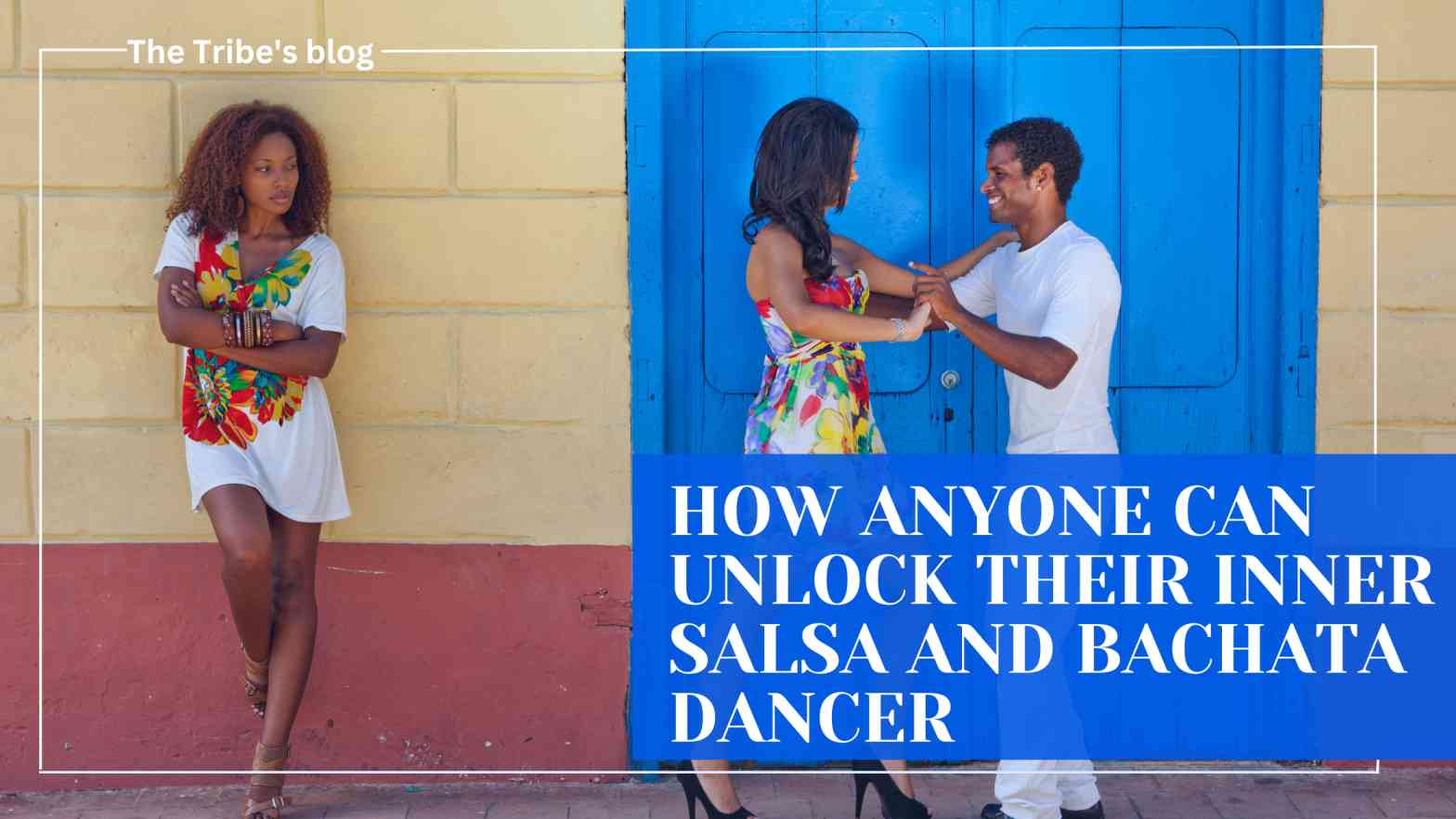Who doesn’t love being suddenly stopped and corrected right in the middle of a move?
Good grief this is the worst. So this here is my rant / message to the people who would like to become better at giving feedback on the dancefloor. And as far as I’m concerned, everyone should try and improve themselves on this because being lousy at it as negative repercussions to both sides of the discussion.
Receiving unwanted or poorly presented feedback can cause harm to the person receiving it. “It’s not personal” is easy to say, but when the feedback is loaded with emotional charge, it gets personal very quick, no matter what empty sentences bystanders will say to make you feel better.
Side note: don’t blame them, they actually empathise and that’s what makes them feel as clumsy and confused as you are, so they resort to this kind of response because their brain isn’t in a state where they can find anything better to say.
That’s how empathy works, you feel WITH the person. End of side note. This kind of poor feedback is what kept me away from Kizomba for about 3 years, the time it took me to be ready to give it another chance.
Giving unwanted or poorly presented feedback can cause harm to the giver too. If you get in the way of your partner’s enjoyment, they won’t want to dance with you anymore.
If you offend them in the process, they will rant to their friends and suddenly a whole lot of people don’t want to dance with you anymore. See my comments on the “agressively self-regulating organism” from the boundaries article.
So how do we go about giving better feedback? Let’s look at a few practical considerations, namely the time and place, consent, and wording.
When is it a good time to give feedback?
First, right in the middle of the song, on the dancefloor of the club, at the social. No: this is the absolute worst time for feedback. No feedback during socials. Why? Because that’s the time where we are here to have a good time, celebrate the movement and the dance, in one word: to party! We aren’t at a class, it’s the end of the week, we are here to relax and have fun and unwind after a shitty day at work so excuse my French but sod off with your comments!
There are two exceptions, though:
– if your partner is putting you at immediate risk: be it by overstepping body boundaries or by doing something that is hurting or may hurt you.
– if your partner specifically invited you to give feedback, but then you have to abide the rest of the rules I outline later on.
Apart from these exceptions, feedback shall be given only in a learning setting, such as the dance class. This is when we agree that we are here to improve, so then feedback may become acceptable.
But you don’t want to stop the dance right in the middle of the move to start a long winded explanation on why you think we did something wrong.
First it’s a mood killer, and maybe it will disrupt the class and get in the way of the teacher doing their job. Unless of course, the teacher is the one giving the feedback in which case it means it’s important enough to cause said disruption.
And for the student at the receiving end: if the teacher interrupts what they are doing to correct you, it’s probably that something important is happening.
Either you are at risk of injuring yourself or your partner, or maybe they see the issue happening with a lot of students in the group and decide to tackle the problem and you are one of many doing the same mistake.

JOIN THE COMMUNITY!
DANCE WITH THE TRIBE
The free community to follow your passion and improve your skills...
- Content
- Articles
- Free lessons
- Tips
Personally, in the case of students talking to students, I think the appropriate time to give feedback is at the end of the song when there is a bit of a breather, or if it can be contained in under 10 seconds, at the end of the move during the class so as to limit disruption to the partners moving around as part of typical dance class settings.
Basically, you need to be mindful of your partner and of the people around you when going out of your way to make a comment. And it is possible that the right time is after the class too, especially if the correction is complicated.
Which brings us to the next aspect of this conversation: consent. You are about to intrude on someone’s way of doing stuff. This may not be a physical intrusion, but you are about to deliver bad news to someone trying their best and probably very much aware of their mistakes and feeling pretty inadequate about it already because we’re in a class and we’re pushing on the limits of what we can do, so it certainly is a mental intrusion.
So how do we go about confirming consent? Simple: we ask.
“Would you be open to some feedback?”
They say yes, cool, you may proceed. They say no, simply move on, it’s not about you, and you don’t know what their circumstances are like so it may not be about them either.
Assuming they consent to receiving feedback, you’d rather ensure your comments are taken and welcomed and that they won’t blow you off next time, eh? So let’s look at the wording.
Stick to the facts. Starting with the outcome: “during the move we got all tangled/you lost your balance/I lost my balance”. Make it relative and not absolute – you aren’t omniscient and talk about the cause: “I believe it is because your arms/legs/appendages did this and that at this point of the move”.
Offer a solution, and leave them free to take it or not: “maybe if you tried doing the move this way instead, it could work out better?”. Sticking to the facts prevents you from getting on the terrain of emotions, which is a highly slippery minefield you don’t want to walk at this time.
And once you’ve submitted your feedback, do offer to stick around to see the outcome: “shall we give it a try?”. You gave the feedback, you have a part of the responsibility and therefore it would be good manners that you see it through, including owning up if it turns out you were wrong.
Which brings me to the final point. Are you positively certain that you are right and they are wrong? You are human (I think), and therefore failible. So please do take at least a few seconds to reflect on whether you know what you are going to talk about.
If you do, great! If there is some level of question mark, maybe grab the teacher to come and have a look instead of jumping straight in? Ultimate trick: when you notice someone is doing something wrong, wait until the next break and make the feedback in the form of a question addressed to the teacher like “hey I noticed a few folks were doing this and that, and it didn’t feel right, how can we do it better?” – this way nobody feels targeted and everybody gets a chance to learn something.
And by involving the teacher, you pretty much guarantee a higher quality of explanation – including in the case where you might be the one in the wrong.
Anyway this brings us to the end of today’s rant. You now have a template that I dare hoping is at least somewhat decent, and some notions on the timing and how to make sure you are welcome to give feedback.
Talk soon,
Doc Shades






